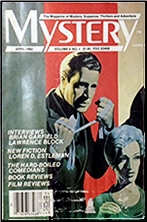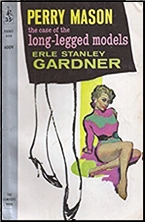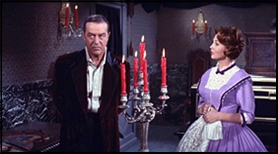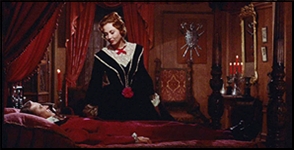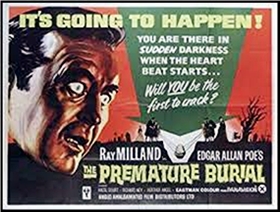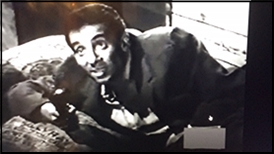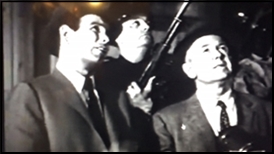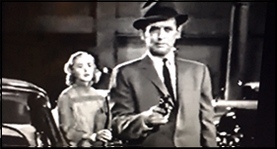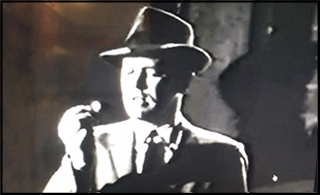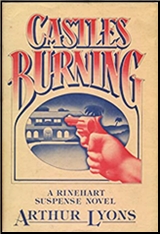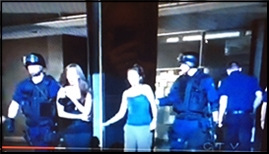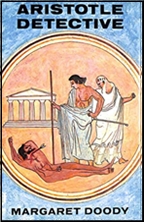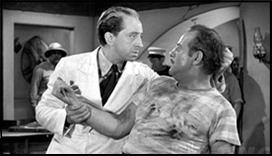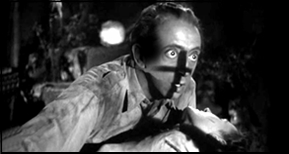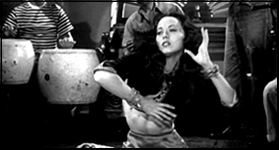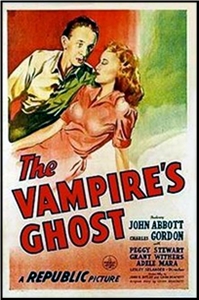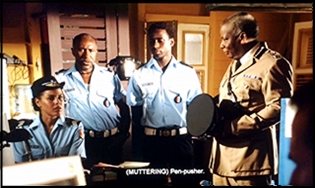Sat 19 Sep 2020
A Spy Novel Review by David Vineyard: ROBERT ARELLANO – Havana Libre.
Posted by Steve under Reviews[4] Comments
ROBERT ARELLANO – Havana Libre. Akashic Books, hardcover & paperback, 2017.

The spy novel is alive and well in the hands of Roberto Arellano, in this, the second volume of his Cuban Noir Trilogy, and it has returned to its roots in Eric Ambler and Graham Greene.
Arellano’s protagonist, and our guide, is a young doctor in 1997 Havana, where oppressive September heat wears on nerves, nightly blackouts – thanks to the loss of the Soviet subsidies that kept Castro’s Cuba functioning since 1959 – make the streets treacherous, and the PNR watches everyone. So when our narrator picks his way from his clinic to his attic flat in a one time mansion, he is not happy to find a man waiting for him, Colonel Emilio Pérez, chief homicide investigator for the Policia Nacional de la Revolución, who wants a favor Manolo Rodriguez doesn’t feel like extending, even if it might mean he could attend a medical conference in Tampa he is wanting to go to.
He helped Pérez five years earlier and has no desire to do so again.
Meanwhile a character known to us only as the Tourist has arrived carrying explosives and a mysterious map. A series of explosions at hotels have plagued the city, and the Tourist is part of this, the attacks crippling the only industry Cuba has left, tourism.
But when Mano finds himself unable to save victims of the latest attack, he is trapped into becoming a Pérez employee in a far more dangerous city than Havana, at least for him: Miami.
Arellano captures the Kafka-like quality of both life in Havana where a slip of the lip can land you in the not so gentle hands of the PNR, and among the dissidents and anti revolutionaries in Miami, where life is just as treacherous for Mano as a Cuban spy.
The portrait of Havana is nightmarish when contrasted with Mano’s memories of better days, back when the Revolution was still being financed by Russian rubles. The pictures of hustlers, spying neighbors, ruthless bureaucrats, and justified paranoia the essence of the term Kafkaesque.
Like an Ambler or Greene hero, all Mano really wants is to survive. His politics are his job as a pediatrician, and Mercedes, a young woman he becomes involved with , but he finds himself caught between forces that aren’t all that interested in his personal survival and facing a surprising reunion with his father in Miami.
It’s a fresh and exciting setting for a spy novel, Arellano positioning his hero as a sort of cross between Candide and a Cuban Ashenden, a reluctant spy who only wants to survive, stop the killing, and see his country return to some sort of sanity. The stakes are to stop an attack on the Havana Libre, the hotel of the title, not the fate of nations or revolutions, the crime more criminal than political.
The downside of all this is that the book is written in the present tense which is always tricky, but it works to give this one some immediacy since it is also a first person narrative, certainly in a chilling interrogation scene.
This is not a translation, but a Cuban-American novel written in English about Cuba and Cubans.
Like the Ambler and Greene models I mentioned earlier, in this book surviving and finding brief moments of happiness are all anyone can really hope for, and small victories are the only ones that a pawn in the bigger international game can hope for. Arellano captures that as well as anyone writing in the field today.
Based on this one I’ll be looking for his first, Havana Lunar, and then the final installment in his Cuban Noir trilogy.
